Angel De Cora: Indigenous American and Pyle Student
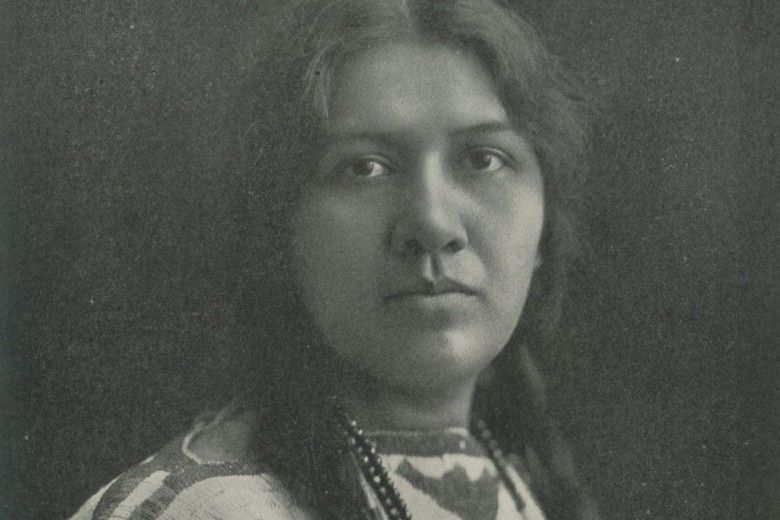
The Paul Preston Davis Howard Pyle Collection in the Brandywine's Walter & Leonore Research Center contains not only biographical and artistic materials pertaining to Pyle—the renowned nineteenth-century illustrator—but also a wide variety of books, articles, primary sources, artwork and other items related to his students. Among those were artists Jessie Willcox Smith, Ethel Franklin Betts, Elizabeth Shippen Green, Violet Oakley and Angel De Cora (alternately spelled de Cora, deCora, or DeCora), a member of the Winnebago Nation in whom Paul Preston Davis showed particular interest in his research collection.
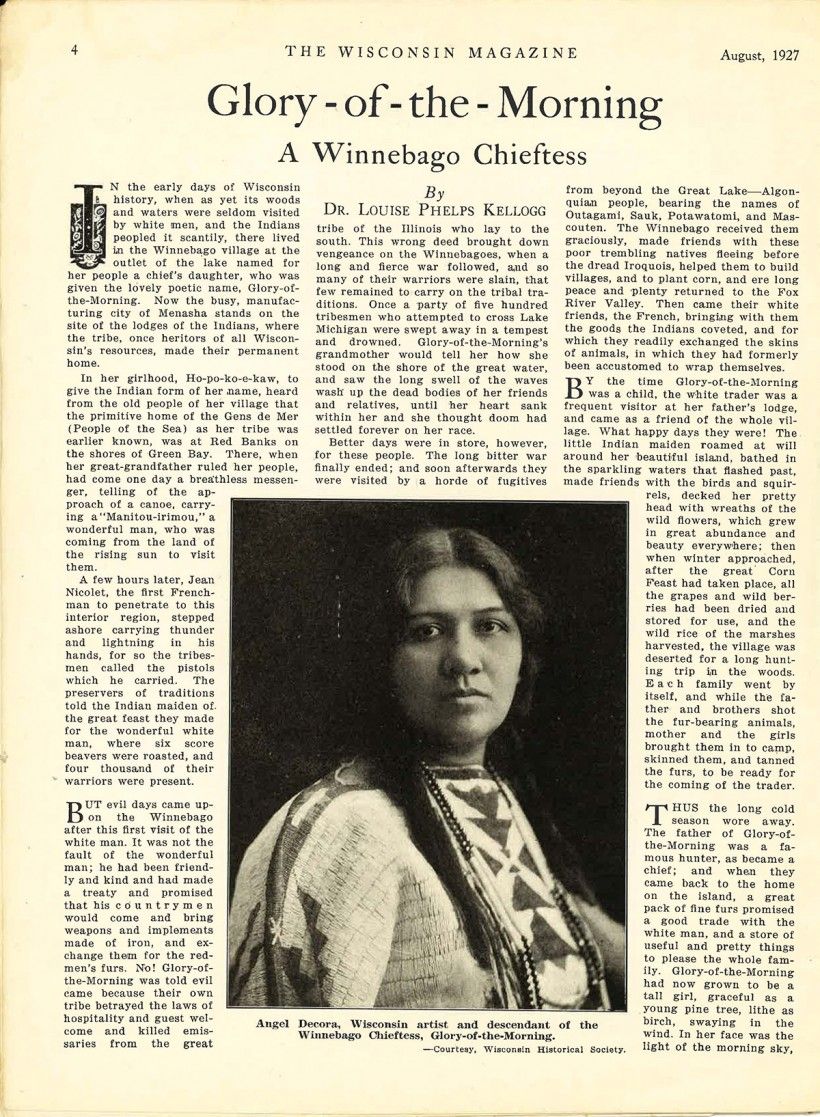
In an autobiographical article published in The Red Man magazine in 1911 (Vol. 3, No. 7), De Cora wrote “some of my teachers prevailed upon me not to return home [after graduation] as I was still too young and immature to do much good among my people.” De Cora subsequently traveled to Northampton, Massachusetts, and entered the Burnham Classical School for Girls. From there she enrolled at Smith College to study art under Dwight W. Tryon. “The instruction I received and the influence I gained from Mr. Tryon has left a lasting impression upon me,” she wrote in her article.
“After the four years at Smith College,” she continues, “I went to Drexel Institute, [Philadelphia] Pennsylvania, to study illustration with Howard Pyle, and remained his pupil for over two years.” According to the biography Fire Light: The Life of Angel De Cora, Winnebago Artist by Linda M. Waggoner (University of Oklahoma Press, 2008), De Cora was one of a select few pupils accepted into Howard Pyle’s competitive summer school held at his property in Chadds Ford, Pennsylvania.
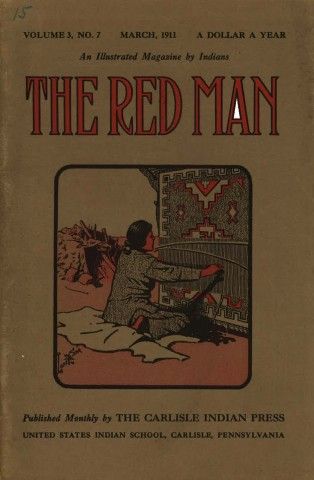
Still, Pyle felt De Cora faced endemic challenges in enjoying success in that “she was a woman and still more unfortunately an American Indian. She was so retiring she always kept in the background of my classes. When I tried to rouse her ambition by telling her how famous she might become, she answered: ‘We Indian women are taught that modesty is a woman’s chief virtue’” (Waggoner, p. 78-79).
He nevertheless provided her with his contacts at Harper’s and encouraged her to compose her own stories. Following his guidance, she wrote and illustrated the semiautobiographical tales, “The Sick Child” and “Gray Wolf’s Daughter,” for the February and November 1899 issues of Harper’s Monthly.
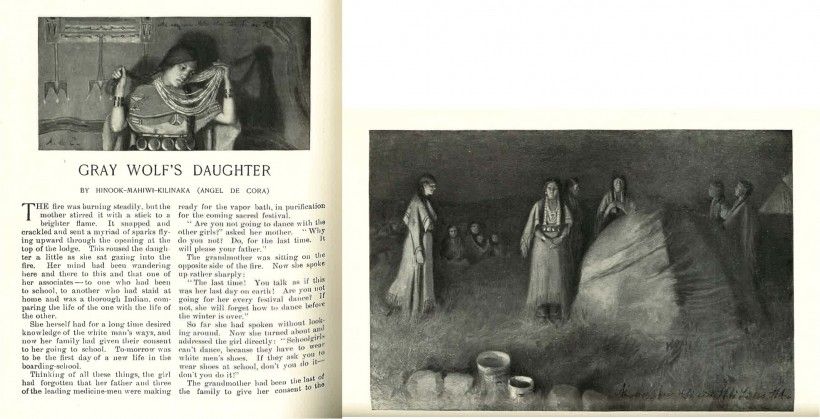
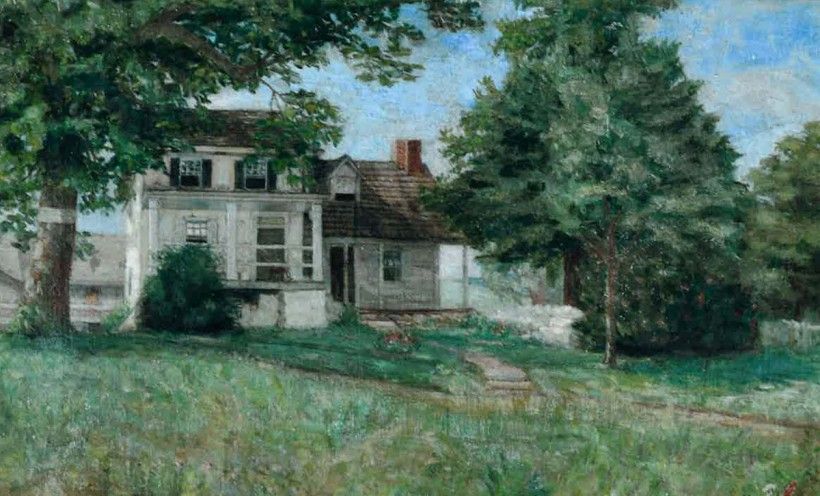
Pyle and De Cora were for the most part a compatible student-teacher match. However, De Cora was concerned by Pyle’s apparent disregard for authenticity in traditional Indigenous attire, despite his careful attention to historical accuracy for White people’s clothing in, say, scenes of Medieval England or Colonial America. When borrowing a Winnebago woman’s outfit to make a study, De Cora recalled that Pyle turned the leggings into sleeves and inappropriately added feathers (Waggoner, p. 70). According to a colleague, De Cora further disliked how the other students seemed to simply copy their teacher and once asserted to Pyle that she was an Indian and as such did not wish to paint exactly like a White man. Waggoner suggests that De Cora may have also felt alienated by her classmates’ penchant for such subject matter as Anglo-American history and fantastical imagery drawn from Arthurian legend, the Pre-Raphaelites, and other European cultural traditions (Waggoner, p. 78).
Of her time at Drexel, De Cora said in her autobiographical article that “I used to hear a great deal of discussion among the students, and instructors as well, on the sentiments of ‘Commercial’ art and ‘Art for art’s sake.’ I was swayed back and forth by the conflicting views, and finally I left Philadelphia and went to Boston.” She enrolled at the Cowles Art School to study life drawing under Joseph DeCamp. He left within a year, but not before recommending her to The School of the Museum of Fine Arts, also in Boston, where she studied under Frank Benson and Edmund C. Tarbell for the next two years. Both instructors were famous for their outdoor figure paintings and interpretive use of light (Waggoner, p. 91-93).
De Cora’s subsequent work was influenced by their painterly techniques, combined with an attention to detail gained from her study with Howard Pyle. For example, in her illustrations for Mary Catherine Judd’s Wigwam Stories (Ginn & Company, 1901), Waggoner observes that, “Some . . . show thickly brushed paint, evoking DeCamp’s seascapes and Tarbell’s impressionist landscapes,” while others “are distinctly illustrative and portray intricately detailed objects and figures, as seen in her Harper’s stories.” De Cora’s headpiece and initial designs for the book were probably inspired by her coursework in decoration at the museum school (Waggoner, p. 91-93).
At this point in her career, De Cora's interest began to turn toward design. “Perhaps it was well that I had not over studied the prescribed methods of European decoration,” she wrote, “for then my aboriginal qualities could never have asserted themselves.” She eventually concluded that “designing is the best channel in which to convey the native qualities of the Indian’s decorative talent.”
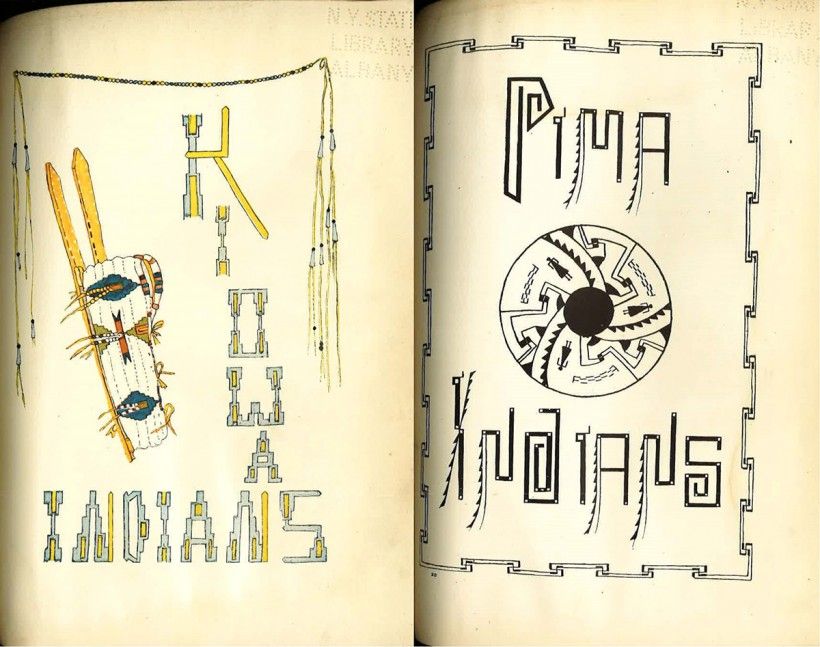
Following De Cora’s untimely death in 1919, her friend Natalie Curtis credited De Cora with helping to advance “an American art, vital, individual, and indigenous to the soil.” This creative evolution grew with the opening of the Society of Independent Artists to Native Americans in 1921, sparking an enthusiastic response by art critic Walter Pach, archaeologist Edgar Hewett, and many other White scholars, artists and collectors. The Society held its first arts festival in Santa Fe in 1929 (later known as the “Indian Market”), followed two years later by the Exposition of Indian Tribal Art, the first major exhibition devoted to Indigenous Americans. The exhibition's presentation stressed the aesthetic qualities of the objects rather than their anthropological or historic interest, marking a significant departure from established White perspectives of Indigenous arts and culture (Gere, p. 673-675). (The Gere article referenced here is available in the Paul Preston Davis Howard Pyle Research Collection.)
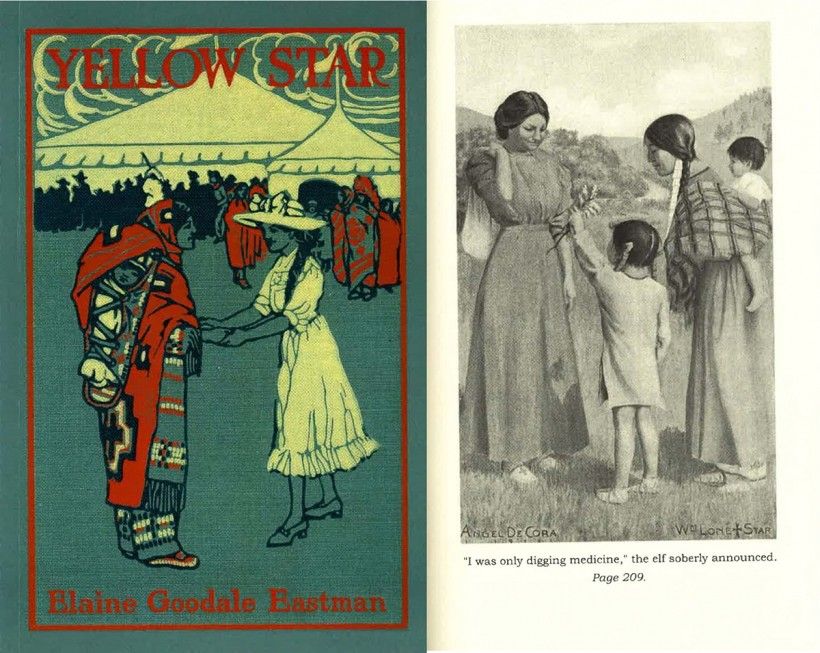
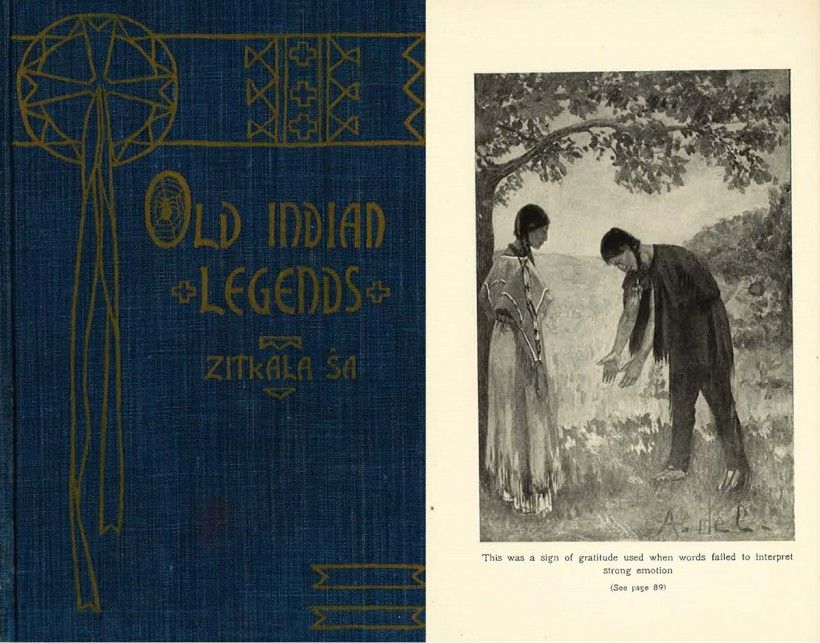
Archival scans are from the Paul Preston Davis Howard Pyle Research Collection in The Walter & Leonore Annenberg Research Center, Brandywine River Museum of Art.